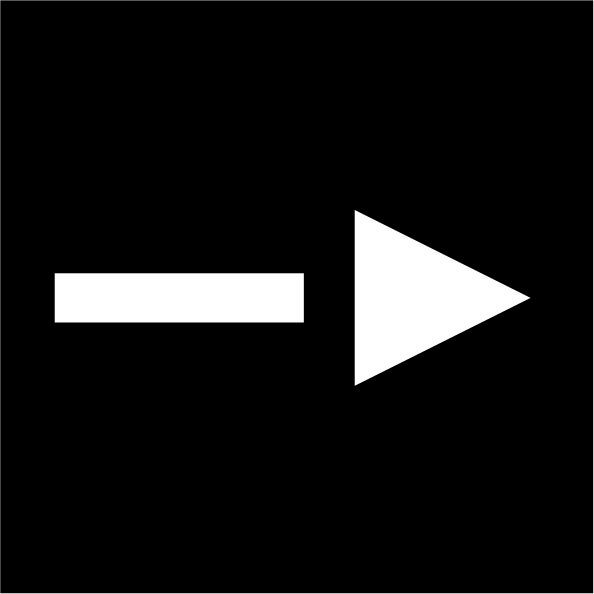Mastering the Art of Golang Sorting: A Guide to Sorting Integers in Reverse

Golang, also known as Go, is a statically typed, compiled programming language that is designed to be simple, fast, and efficient. It is often used for systems programming, web development, and cloud computing.
One of the common tasks in programming is sorting data, and Golang provides several algorithms to sort integers in reverse.
In this article, we will explore the basics of Golang sorting and how to sort integers in reverse using the built-in sort package.
Understanding Go Sorting
Before we dive into sorting integers in reverse order, it’s important to understand the basics of sorting in Go.
Go provides a built-in sort package that provides functions for sorting slices.
The sort package can sort slices of any type that implements the sort.Interface.
The sort.Interface is composed of three methods: Len(), Less(), and Swap().
Len() returns the number of elements in the slice.
Less() returns true if the element at a given index is less than the element at another index.
Swap() swaps the elements at the given indices.
Sorting Int Slices in Go
Go provides several ways to sort int slices, including using the sort package, the sort.Ints() function, and the sort.Slice() function.
sort.Ints(): This function sorts an int slice in-place and returns nothing. It takes a slice of ints as an argument and sorts it in ascending order.
package main
import (
"fmt"
"sort"
)
func main() {
numbers := []int{3, 1, 4, 1, 5, 9, 2, 6, 5, 3, 5}
sort.Ints(numbers)
fmt.Println(numbers)
// Output: [1 1 2 3 3 4 5 5 5 6 9]
}
sort.Slice(): This function sorts a slice of any type in-place and returns nothing. It takes a slice and a comparison function as arguments. The comparison function should return true if the first argument is less than the second.package main import ( "fmt" "sort" ) func main() { numbers := []int{3, 1, 4, 1, 5, 9, 2, 6, 5, 3, 5} sort.Slice(numbers, func(i, j int) bool { return numbers[i] < numbers[j] }) fmt.Println(numbers) // Output: [1 1 2 3 3 4 5 5 5 6 9] }
Sorting Integers in Golang: Understanding the Sort Package
The sort package in Golang is a powerful tool for sorting data.
It provides several algorithms for sorting slices of integers, strings, and other data types.
To sort integers in reverse, we can use the sort.Sort function with a custom sorting function that implements the sort.Interface interface.
Creating a Custom Sorting Function for Reverse Integer Sorting
To sort integers in reverse, we need to create a custom sorting function that implements the sort.Interface interface.
This interface requires the implementation of three methods: Len, Less, and Swap.
The Len method returns the length of the slice, the Less method returns true if the element at index i is less than the element at index j, and the Swap method swaps the elements at index i and j.
To sort integers in reverse, we simply reverse the comparison in the Less method.
Here is an example of a custom sorting function for reverse integer sorting in Golang:
type IntSlice []int
func (p IntSlice) Len() int {
return len(p)
}
func (p IntSlice) Less(i, j int) bool {
return p[i] > p[j]
}
func (p IntSlice) Swap(i, j int) {
p[i], p[j] = p[j], p[i]
}
Sorting Integers in Reverse Using the Sort Package
Once we have created our custom sorting function, we can use the sort.Sort function to sort a slice of integers in reverse. The sort.Sort function takes a sort.Interface as its argument, so we can pass our IntSlice type as the argument to sort a slice of integers in reverse.
Here is an example of how to sort a slice of integers in reverse using the sort package in Golang:
numbers := []int{1, 2, 3, 4, 5}
sort.Sort(IntSlice(numbers))
fmt.Println(numbers)
This will output the following sorted slice of integers in reverse:
[5, 4, 3, 2, 1]

